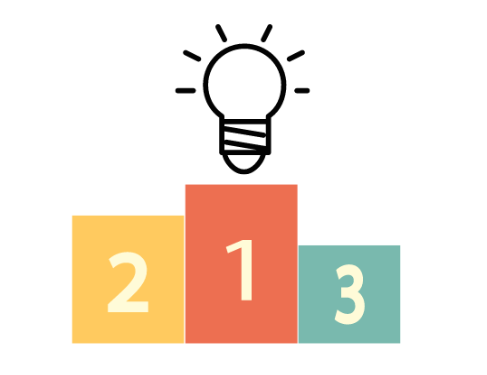Class Rank: Is there a benefit in ranking students’ academic achievement?

Graphic by the Harbinger
November 15, 2019
“I actually like having class rank because it differentiates people,” senior David Dubchakov said. “Personally, it motivates me, so I think it motivates others, [too].”
Class rank is a mathematical summary of a student’s academic record compared to those of other students in the class. It normally takes into account both the difficulty of the classes a student is taking (AP, differentiated,or weighted), and the grade the student gets. All of this is converted to an overall GPA, and the higher the GPA, the higher the student’s ranking.
Top three percent involves class rank; the senior class is the only class that still has it here at Southeast. These are the top 15 students with the highest GPAs.
This system can be seen generally from two sides. Either students enjoy the competition and are motivated to get to the top of their class, or they feel threatened and self-conscious by class rank.
A benefit of class rank is motivation. Giving students a number and ranking them in a list makes students work harder in their classes. They are giving their best effort to ensure they get into the top three percent or at least move up the list. Without class rank, students wouldn’t feel the need to get good grades or improve their GPA.
Another benefit is that students can use it to stand out in their college resumes. Being able to say on their resume that in high school, they were in the top three percent, will set them apart from others that can’t. This helps colleges know that they are especially qualified and have a good work ethic. If two students had the exact same resume except one had “top three percent” listed and one didn’t, the one with top three percent will likely be seen as a better applicant.
According to CollegeBoard, many admission officers (especially at selective private colleges) have begun to discount the accuracy and importance of class rank as a factor in evaluating students. However, most large state universities still require class rank and rely on it to help sort through the numerous applications they receive. For example, if a student wants to go to the University of Nebraska-Lincoln (UNL), they need to either have finished in the top 50 percent of their class or scored at least a 20 on the ACT.
Though class rank and top three percent have their benefits, there are also cons. One of the major downfalls of class rank is the consequences it has on students’ self-esteem. Ranking students based solely on their academic achievement does not sum up the student as a whole.
Putting students in a numerical list of “smartest” to “dumbest” takes a toll on how students view themselves and their school work. It can create a hostile environment where students do whatever it takes to get in the top three percent, leaving the other 97 percent feeling unsuccessful or not smart enough, despite giving their best effort.
LPS has taken these factors into consideration and decided to forgo class rank starting with the class of 2021. According to CollegeBoard, most small private and competitive high schools have gotten rid of it because they think it penalizes students that don’t make it into the top 10 percent of the class. But, most public high schools still rank their students or make it optional to report their rank to colleges. So, Southeast is somewhat ahead of the curve.
Southeast still honors class rank and other academic success through the Honors Convocation, though. This is an event that happens once every semester. It is a good opportunity for students to receive recognition for their hard work and for parents to take pride in their student(s).
The Honors Convocation is a period-long event where students from each grade are recognized for academic success. Recognitions include: honor roll, 4.0+ GPA, academic letter, academic pin and top three percent. The last convocation was held on Wednesday, Nov. 6, in Prasch gym at Southeast during second period.
However, the convocation is not without controversy. The majority of students ignore or are unaware of class rank until they discover their name on a yellow slip of paper on the tables outside Prasch doors. This brings the topic of class rank back into conversation and makes students question the system.
So, is class rank beneficial or harmful to students? The answer is not a simple yes or no; both sides have their advantages and disadvantages. Class rank and its effects will vary from school to school. Unless all schools decide to keep or get rid of class rank, there will not be any conclusive answers.









